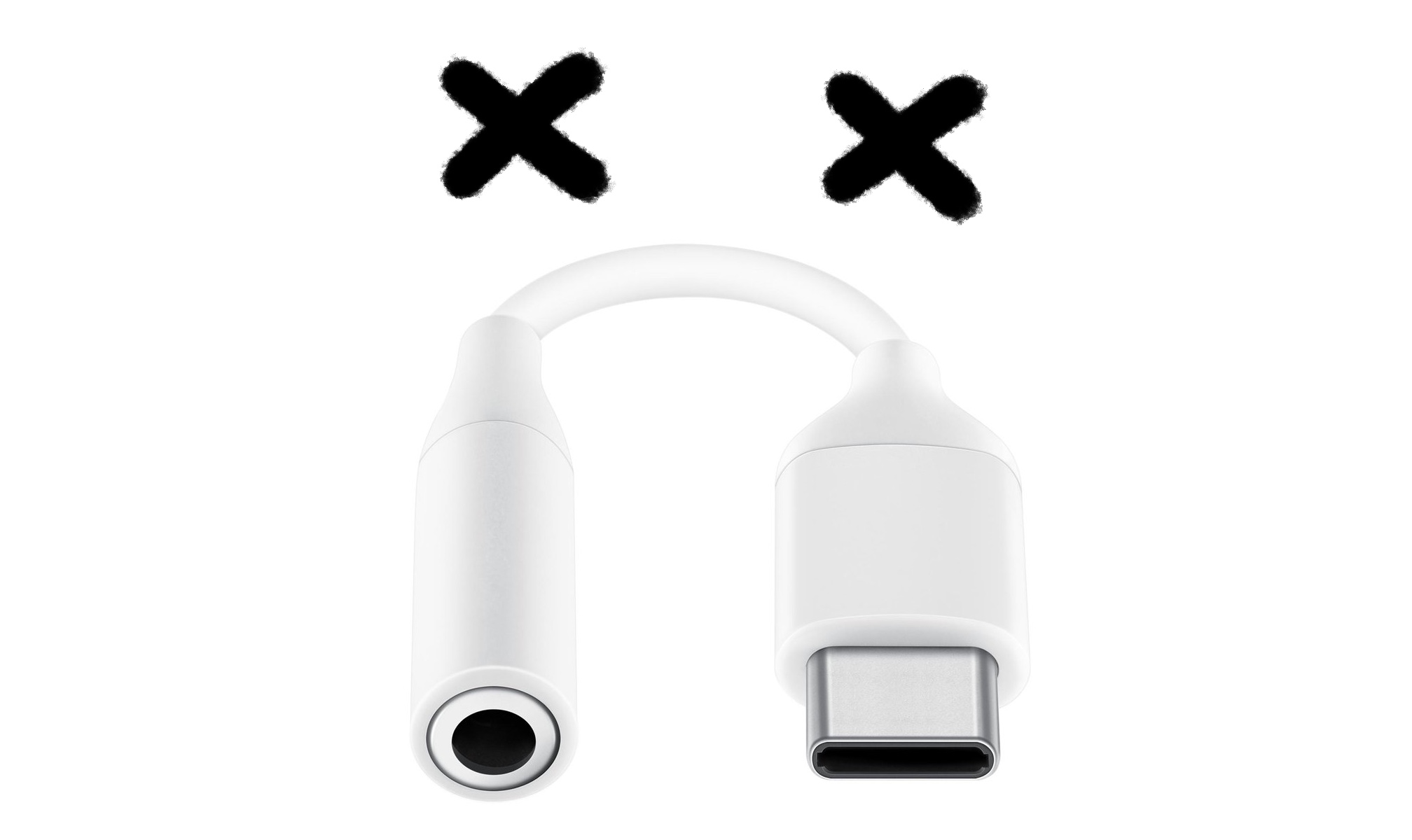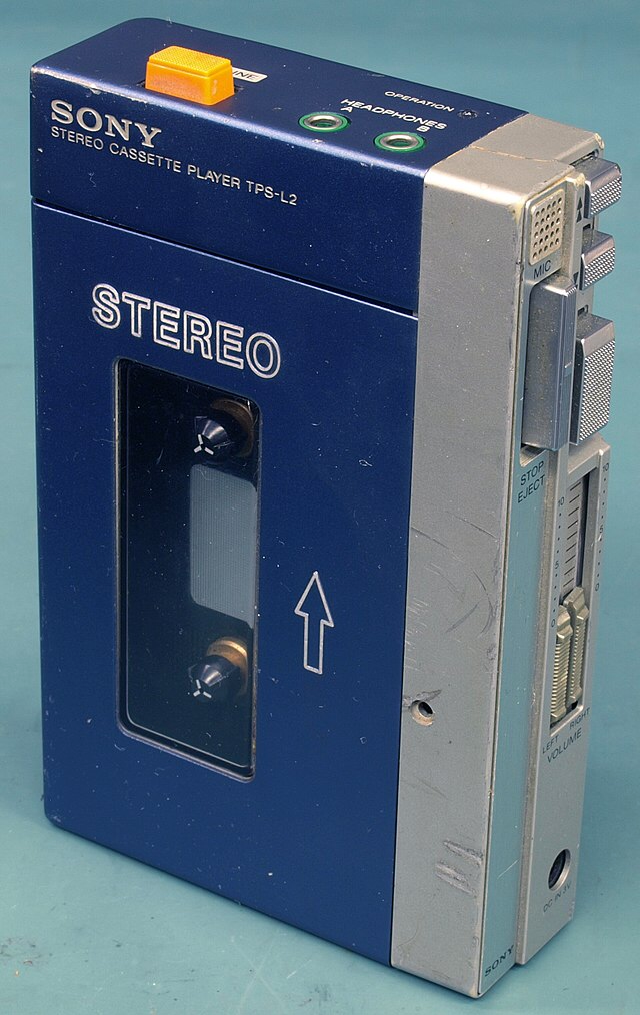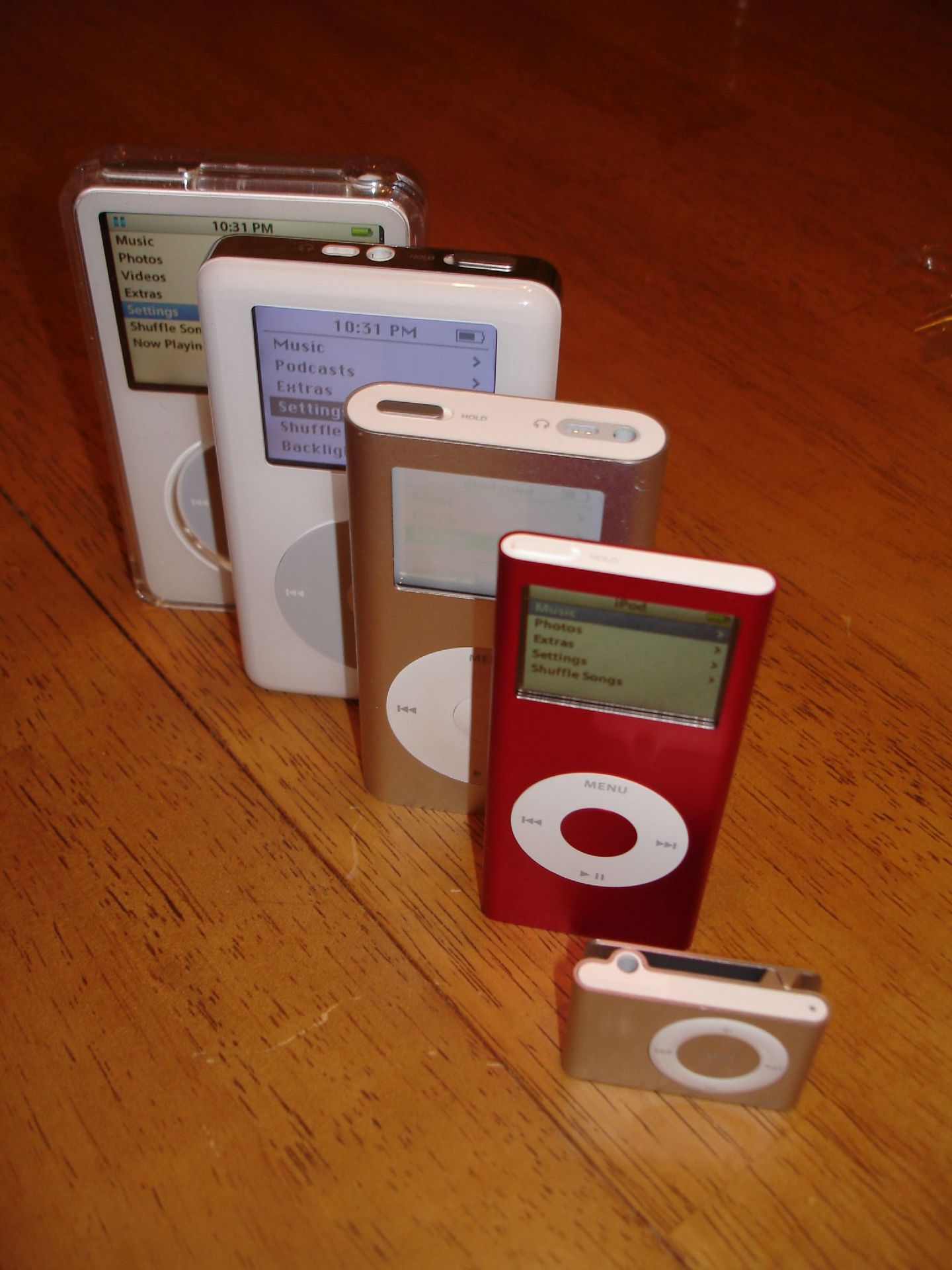RIP Headphone Jack: How the Industry Created and Killed the World’s Most Popular Port
Samsung arguably kills the venerable audio minijack forever.

As The Doors once sung: “This is the end.” After four decades of being the most ubiquitous connection in the planet, the 3.5-millimeter minijack can be considered officially dead, killed by the very same consumer electronics industry that made it popular. And the final stab came from its ultimate and last defender: Samsung.
The beloved analog audio port has been making humans on the go happy since Sony released the Walkman in 1979. The portable cassette player — which had not only one but two 3.5-millimeter stereo minijacks for two people to share the music at the same time — was an instant success. Sony’s co-founder Masaru Ibuka created the Walkman from the original 1977 design for the Sony Pressman, a compact tape recorder for journalists.
The minijack standard didn’t start with the Walkman, however. Ironically, it started with phones. The quarter-inch jack — originally referred to as phone jack, audio jack, headphone jack or just jack plug — was used to connect phone lines in old 19th century switchboards. The first patent for this kind of plug — described as “jack-knife” connector, hence the name “jack” — was awarded in 1895 to C.E. Scribner. The standard was perfectioned and received multiple variations until the 1950s, when the 3.5-millimeter version was invented for transistor radios. Sony used it in its popular Sony EFM-117J radio.

But it was the Walkman that made it truly popular. The device had a huge impact on culture as a whole: For decades, everyone seemed to have one or wanted one. People ran with them, danced with them, went to sleep with them. The player and its headphones kept getting sleeker and, through the 80s and 90s, the device grew so popular that it became a generic word to describe portable cassette players.
In 2001, the Walkman was killed by another device that went on to sell 390 million units: the Apple iPod. “A thousand songs in your pocket,” as Steve Jobs and the ad campaign described it. But despite being a purely digital device — storing songs in a hard drive and using an operating system that allowed you to pick any song you wanted to play instantly rather than having to rewind or fast-forward a tape — the analog minijack was still there as its most fundamental part. By 2010, the Walkman was officially dead, but the minijack was still very alive and well in the most popular music player and the iconic white iPod earphones that ended in the familiar 3.5-millimeter-thick metal prong.
The reign of the minijack continued uncontested for some more years. The iPod success was almost instantly shadowed by another Apple device in June 29, 2007. The iPhone was a web browser, an email client, a digital map, and music player— with a 3.5-millimeter stereo jack, of course. Since then, the iPhone sold 2.2 billion units — and most of those gadgets came with the minijack. So did every single iPhone competitor out there, made by Samsung, Motorola, Nokia, Huawei, Xiaomi, or anyone making smartphones.

It wasn’t until 2016 when things changed. That’s when Apple dropped the minijack from the iPhone 7. It included a much-hated Lightning-to-minijack dongle that kept getting lost and breaking, turning it into Apple’s best-selling accessory. That year saw the birth of the AirPods, which became widely popular selling 35 million units just in the year 2018. The iPhone 7 sold like hot cakes too. And that marked the beginning of the end for the minijack. Apple showed the rest of the industry that life without the 3.5-millimeter port was possible.
Sign up to get the BEST of Tom's Guide direct to your inbox.
Get instant access to breaking news, the hottest reviews, great deals and helpful tips.
Other manufacturers followed. Huawei dropped the minijack in the P20 phone, even while the P30 Pro got it back. Xiaomi dropped it from most of its phones, including its latest flagships. And Oppo did the same. Four of the top 5 manufacturers abandoned or partially abandoned the standard. Even Sony dropped the jack.
The exception was Samsung Mobile. The company’s CEO DJ Ko said they weren’t going to ge rid of the port. The Korean giant went on to taunt and make fun of Apple’s iPhone lack of minijack: how could you charge almost $1,000 for a phone without the sound port?
Well, after all the leaks and rumors, this is how. We already knew that Samsung is killing the minijack in the Note 10 but seeing the dongle is the proverbial twisting of the knife inside your body until you end with grounded guts for a steak tartare.

It’s not the first time that Samsung got rid of the minijack, though. They market tested this “feature” in the mid-range Galaxy A8, which was announced in December, 2018. Now, itseems the testing was successful and Samsung has decided to eliminate the minijack from its flagship for power users.
Maybe this will add some extra troubles to the Note 10 but, judging by most phones out there, I highly doubt it. Not only that. Now it seems inevitable that Samsung eliminates the minijack from the Galaxy S11, too. This Note 10’s dongle seems like a clear sign that the venerable 3.5-millimeter port is dead for the Korean company.
And with this you can argue that this marks the end of the 3.5-mm minijack in any meaningful capacity. Sure, it will be kept by some minor brands for a while and in PCs (Hi-Fi equipment have larger 6.35-mm connectors) but, with sales of wireless headphones and speakers skyrocketing to an expected $401 billion in 2019, this is clearly where the entire consumer electronics business is headed.
Most people in the world use mobile phones to listen to music through headphones. And Samsung was the last big consumer electronics company to support the analog standard on the go. For better or worse, this feels truly like the end of it.
So… so long, minijack. It was nice to enjoy your simplicity for four decades. Rest in peace, old friend.
Jesus Diaz founded the new Sploid for Gawker Media after seven years working at Gizmodo, where he helmed the lost-in-a-bar iPhone 4 story and wrote old angry man rants, among other things. He's a creative director, screenwriter, and producer at The Magic Sauce, and currently writes for Fast Company and Tom's Guide.

